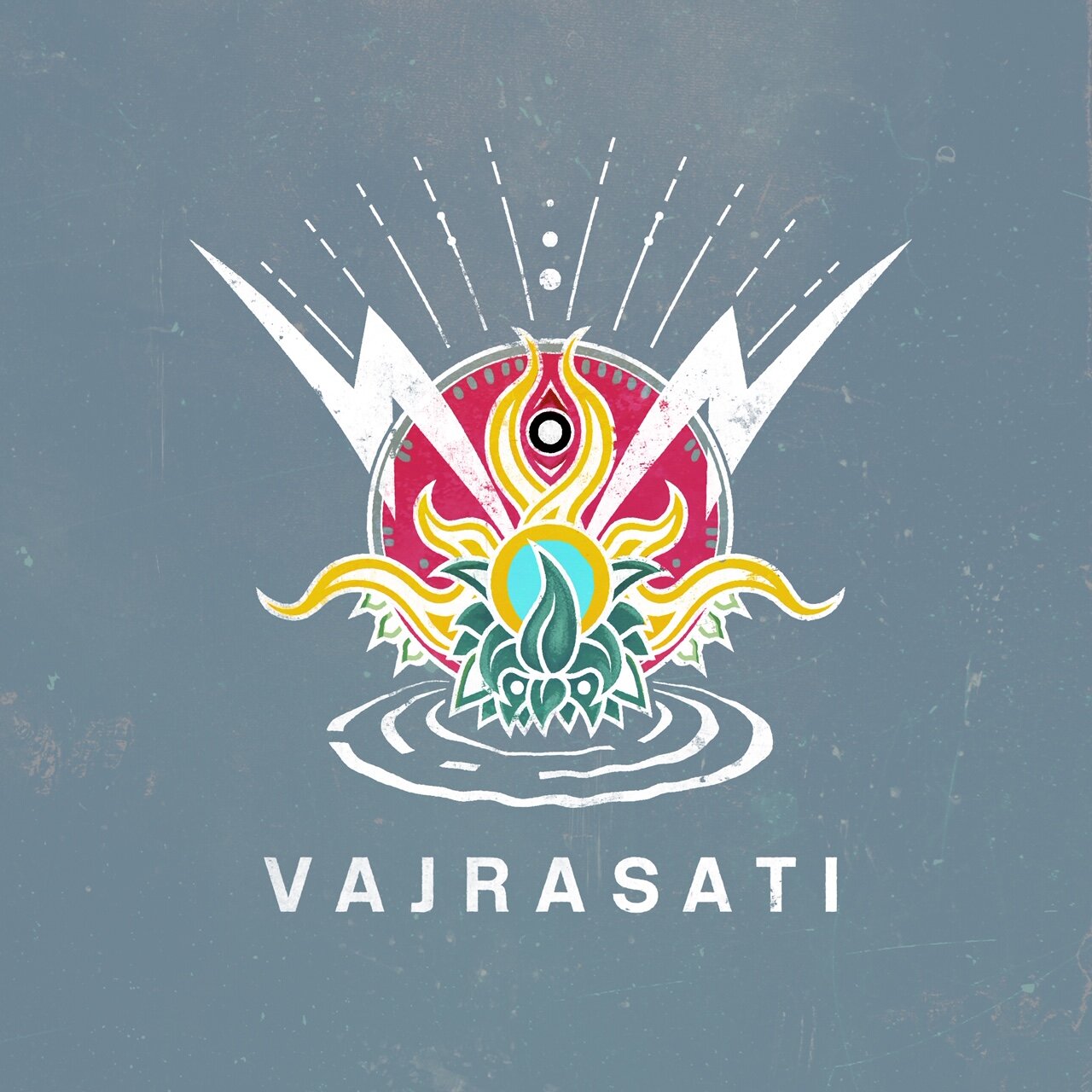Teacher Trainee Starter Information
Important information for prospective starters to Vajrasati teacher training.
Sangha
Vajrasati Yoga sees sangha as a cornerstone in its success, both during the training but perhaps even more importantly after Vajrasati teacher training (general certificate) has been presented. This is because the very nature of yoga is about appropriate creative responses to the here and now, both from a subjective and objective point of view. Good communication with people who understand is part of what supports that level of honesty. Not only that but our peers can inspire us. We can pass on to each other new methods or better ways of expressing certain points, as well as sharing new insights and ideas that will constantly be arising from a yoga school that aspires to constant reflectiveness and open mindedness, so that as the conditions that yoga takes place in or under morph and change, appropriate and helpful developments will arise in response.
Philosophy
Vajrasati yoga does its utmost to extract the meaning from traditional yoga, Patanjali’s yoga sutras, the yamas, traditional meditation, mantra, pranayama and asana techniques, without being dogmatic or getting caught in the letter rather than the spirit. It does this through a combination of rigorous honesty and reflection. Does this work? How does this work? Is this beneficial? And we start from the premise that if there is a problem that it is often not the practice that is wrong but our understanding of it. In this way, we both refresh and revitalise the practice and develop and refine ourselves.
Qualifying
To qualify for a Vajrasati yoga certificate, certain criteria must be met. These include being fully up to date with homework, having attended all end-of-term assessments, having passed the final three assessments and written exam and to be at a level of understanding that the trainer feels will allow for continued positive development as eluded to in the philosophy section above.
Homework
As mentioned, all homework must be completed by the end of the teacher training. It has been noticed that this can be a very difficult task if homework is not kept up with, as it easily accumulates. Not only that, but part of the way the course works is that homework is fed back on as part of the weekly training session so that all students may benefit from the work of one another, further edifying the philosophy of Vajrasati yoga as a ‘pool’ of shared, discussed and mutually refined wisdom.
For this to be most effective and least time consuming it is hoped that students starting at the same time hand in homework at the same time. This not only will mean that feedback sessions make more sense and be of greater use to those present, but also that the process will take less time, as certain points can be made and highlighted that may come up in more than one homework, as well as making the job of marking itself more manageable.
To make this process all the more useful it is asked that trainees all involve themselves in a system of homework sharing by email where appropriate. All homework should be given in hard copy to Jim or other trainer and some of these may be kept as examples for future students although others will be returned.
